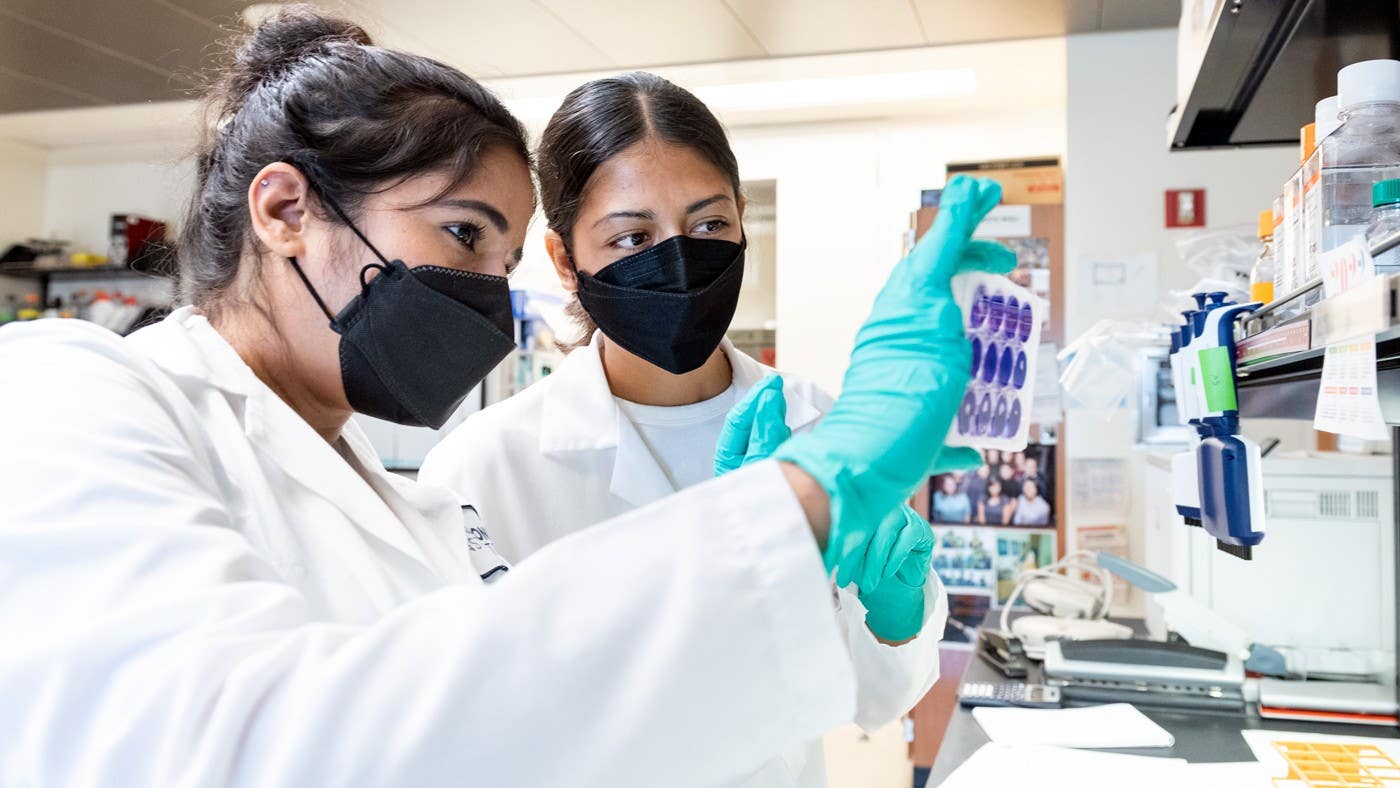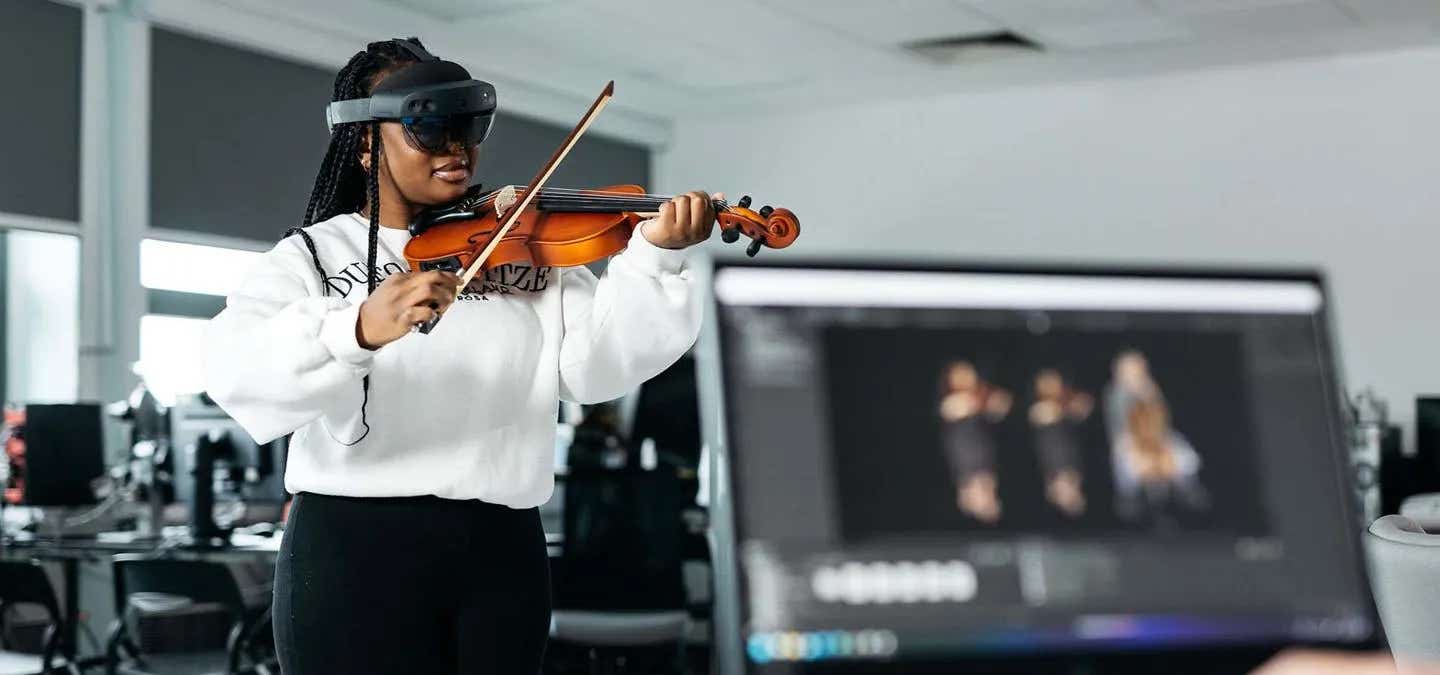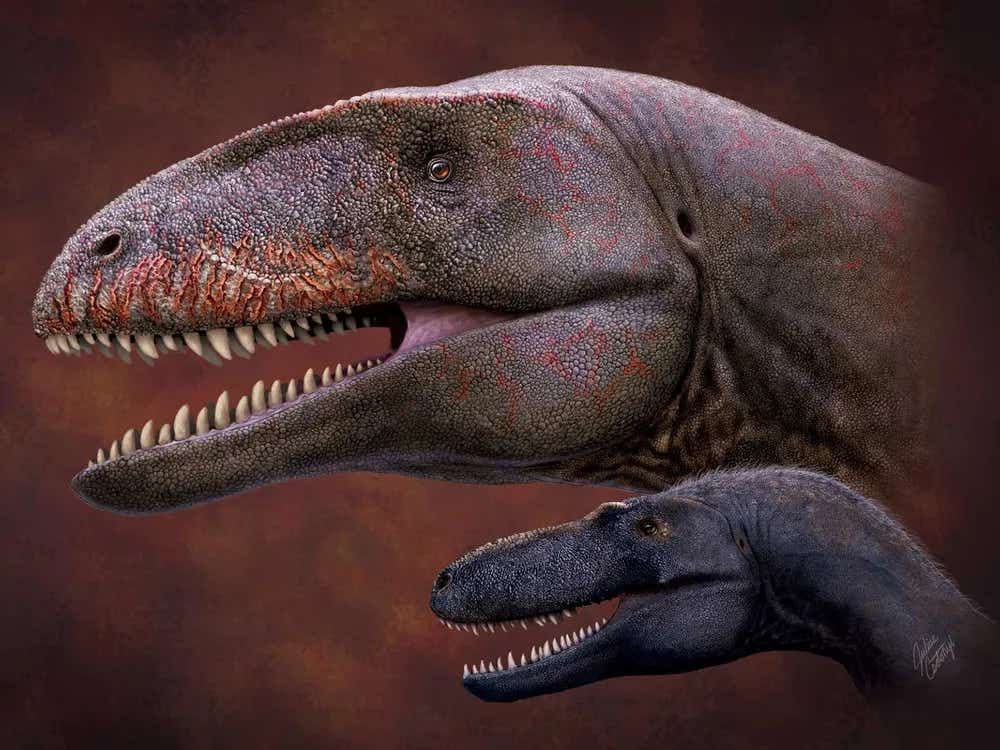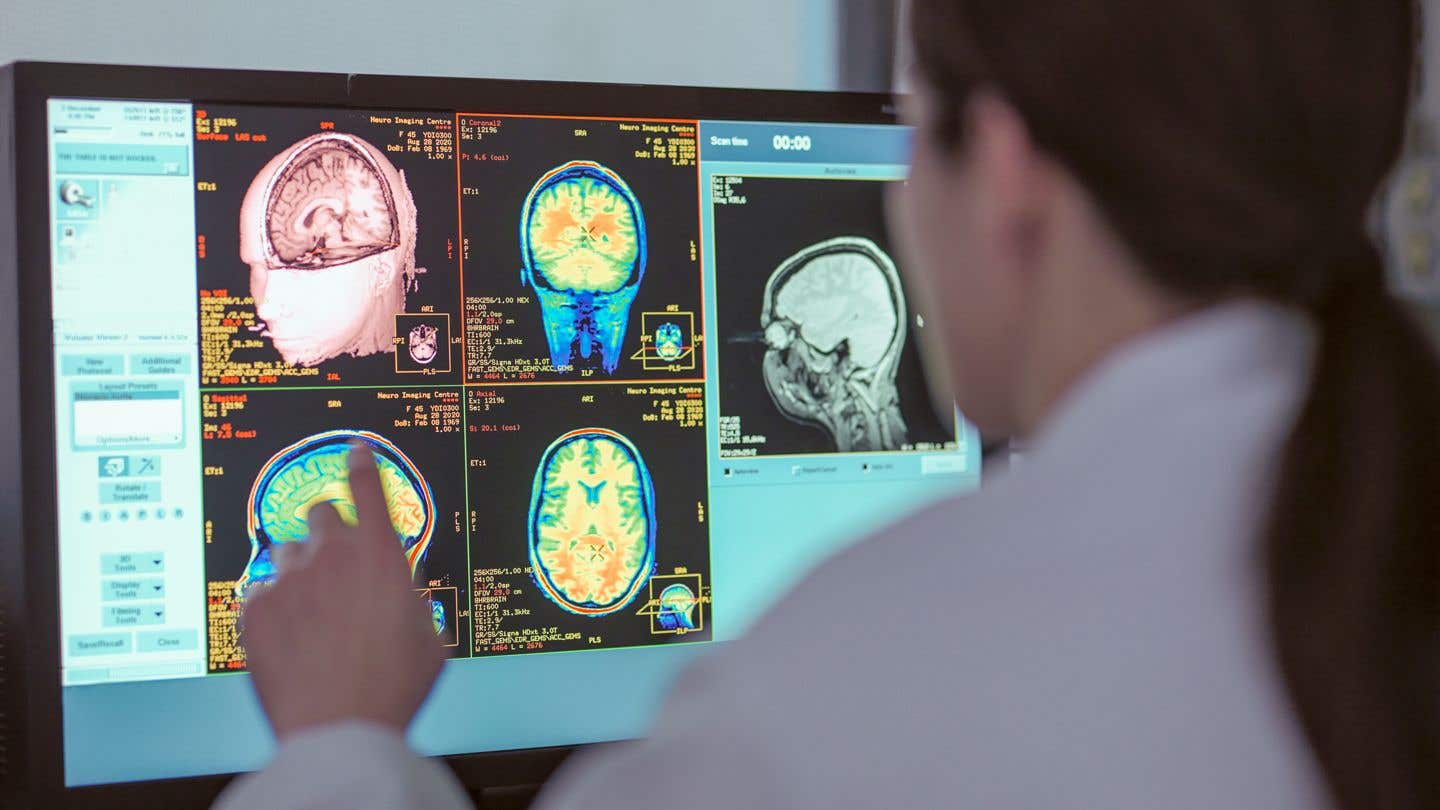Researchers develop the first universal coronavirus antibody test
This innovation paves the way for accelerated research into how the virus spreads and evolves among different species.

[July 7, 2023: Staff Writer, The Brighter Side of News]
This innovation paves the way for accelerated research into how the virus spreads and evolves among different species. (CREDIT: Creative Commons)
In a pivotal development that could revolutionize our understanding of the COVID-19 pandemic, researchers have developed a technique that can identify exposure to the SARS-CoV-2 virus across various animal species.
This innovation paves the way for accelerated research into how the virus spreads and evolves among different species. It overcomes the previous obstacle of needing species-specific chemical reagents for each animal antibody test, a limitation that had severely hampered cross-species research.
The genesis of this groundbreaking work lies in the laboratories of the University of Illinois Urbana-Champaign, spearheaded by pathobiology professor and virologist Ying Fang. "The virus that causes COVID-19 in humans also infects a variety of animals," Fang stated, highlighting the widespread reach of the virus among different species.
The wide range of species that can harbor the virus is expansive, including cats, dogs, rodents, deer, apes, and various farm and zoo animals. More troubling is the fact that the virus can mutate within these hosts, potentially leading to new and potentially dangerous variants that can threaten not only the health of these animals but also that of the human population.
Related Stories:
These concerns underscore the urgent need for better diagnostic tools. As the research team wrote in the journal mSphere, where their groundbreaking findings are reported, "Highly sensitive and specific diagnostic reagents and assays are urgently needed for rapid detection and implementation of strategies for prevention and control of the infection in animals."
Their innovative new test focuses on antibodies against a particular protein, known as the N-protein, embedded within the virus's nucleocapsid. The nucleocapsid is a composite structure made up of proteins and nucleic acids encapsulated within a viral membrane.
Fang pointed out that the N-protein is a more reliable target compared to the membrane-bound viral proteins typically used in antibody tests. "The N-protein is more abundant and it is more conserved than the proteins used in most tests," she explained. As such, the protein's structure remains consistent across species, establishing it as an ideal candidate for an all-species antibody test.
SARS-CoV-2 N antigen preparation and mAb characterization. Recombinant N protein expression and detection. Left panel, SDS-PAGE gel electrophoresis of recombinant N protein, followed by Coomassie blue staining; right panel, WB detection of His-tagged N protein. The membrane was stained with anti-His tag antibody. (CREDIT: mSphere)
Implementing this promising approach, the team used a protocol based on the N-protein and a process known as blocking ELISA (Enzyme-Linked Immunosorbent Assay). The researchers first coat an ELISA plate with the N-protein, then introduce a serum sample from the animal being tested. In the case of prior coronavirus infection, the animal's serum will contain anti-N-protein antibodies, which will bind to the N-protein-coated plate.
The next step involves washing the plate before adding a secondary biotin-tagged monoclonal antibody that targets the N-protein. A positive indication of coronavirus infection in the animal results in its antibodies blocking the secondary antibodies from binding to the N-protein. Conversely, if the animal is not infected, the monoclonal antibodies will attach to the coated plate and produce a color signal when specific chemicals are introduced to the plate.
Establish positive and negative control standards. A set of internal control serum standards was prepared using experimental cat serum and assayed by indirect ELISA (A) and blocking ELISA. (CREDIT: mSphere)
Trialing their novel test with samples from various animals known to have been infected with SARS-CoV-2, the researchers obtained highly encouraging results. The tests demonstrated more than 97% sensitivity and 98% specificity. Further tests in domestic cats established that the assay could detect infection within just seven days of exposure to the virus.
These exciting advancements promise an invaluable tool for SARS-CoV-2 field surveillance in animal populations. "The development of accurate cross-species coronavirus tests provides a useful tool for scientists to identify potential new animal reservoirs and help prevent future disease outbreaks," Fang commented.
Determination of diagnostic sensitivity and specificity. ROC analysis (A) and the interactive plot of diagnostic sensitivity and specificity (B) were calculated using 45 known-positive serum samples and 88 known-negative serum samples collected from different animal species, including cat, ferret, mink, and deer. (CREDIT: mSphere)
Funding support for this trailblazing research was provided by the National Institutes of Health, which reinforces the national and international significance of this endeavor.
This leap forward marks a significant stride in our understanding and surveillance of the coronavirus's reach and evolution.
As the global scientific community continues to grapple with the ongoing pandemic, this universal animal antibody test is a beacon of progress, illuminating new pathways in the ongoing fight against COVID-19.
Note: Materials provided above by The Brighter Side of News. Content may be edited for style and length.
Like these kind of feel good stories? Get the Brighter Side of News' newsletter.
Joseph Shavit
Head Science News Writer | Communicating Innovation & Discovery
Based in Los Angeles, Joseph Shavit is an accomplished science journalist, head science news writer and co-founder at The Brighter Side of News, where he translates cutting-edge discoveries into compelling stories for a broad audience. With a strong background spanning science, business, product management, media leadership, and entrepreneurship, Joseph brings a unique perspective to science communication. His expertise allows him to uncover the intersection of technological advancements and market potential, shedding light on how groundbreaking research evolves into transformative products and industries.



